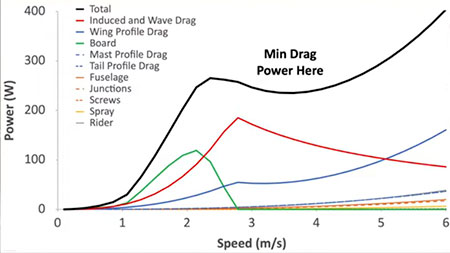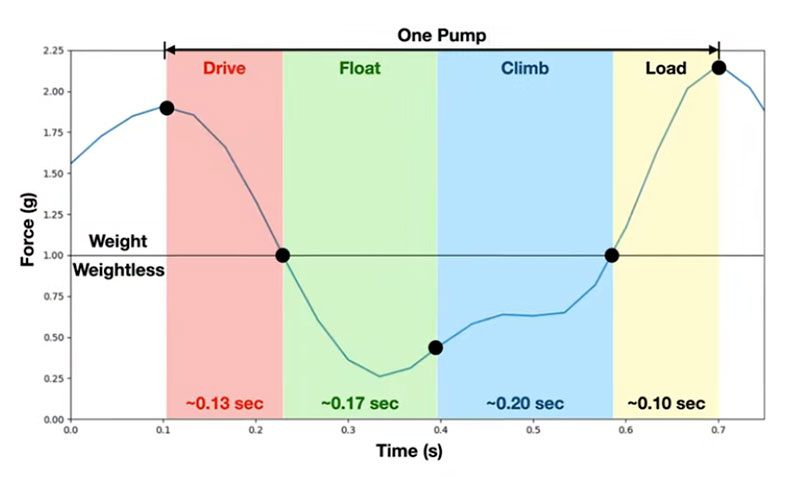Do you remember the first time Kai Lenny showed us a video of him riding a wave with a foil and then pumping himself to the next wave behind to ride it? If not, that’s OK, because that was back in 2016. Foiling was still in the experimental phase and Kai was experimenting with the foil like no other. Foiling was hardly known at that time.
Fiji 2016: Kai shows the, back then, impossible
Fast forward 5 years from then and foiling is on everyone’s head. Foiling has conquered the waters of this world. Most of the time the rider has to rely on external energy like wind, waves or a boat to get the foil flying in the water. Even now 5 years after Kais’ video the actual pump foiling is still quite unknown in many regions.
However, this will change in the coming years and we at Stand Up Magazine are extremely enthusiastic about this topic. The community of pumpfoilers is growing very strongly and has already sparked the interest of some brands.
Our colleague Devon Manz also known as “Wake Thief” on youtube. Is one of the big drivers of pumpfoiling. He is neither a surfer, nor a windsurfer, nor a stand up paddler or anything else. He is lateral mover with engineering degree and a house on a small lake in New York. Devon has made a science out of pump foiling like no one else, he became an absolute foil specialist within a short time and tests different foils and shows us the physics behind foiling.
Where is the “Sweetspot”?

In this graph we see how the drag of the foil increases with the increase of speed and energy. “Min Drag Power Here” shows us where the optimum is. That is, at what speed can we pump with the least resistance so that we do not lose too much energy.
The sequences of pumping

These are the sequences in one pump:
Drive: Pushing your foil down
Float: Phase of unweighing on the bottom to let the foil:
Climb: Due to unweighing the foil now climbs
Load: I am on top now an load up for the drive.
According to Devon, a pumping sequence takes about 0.57 seconds and the curve shows how many “G “s we put on our board.
In this video you are getting a detailed breakdown of all the details:

